Ruins of bustling Roman town discovered in UK
It grew from an Iron Age village.

Archaeologists have uncovered the exceptionally well-preserved remains of an Iron Age village that grew into a bustling ancient Roman trading town — an archaeological gem with more than 300 Roman coins, glass vessels and water wells — in what is now the district of South Northamptonshire, England in the United Kingdom.
The ancient hotspot — known as Blackgrounds for its black soil — has an abundance of ancient artifacts and structures spanning different time periods, including depictions of deities and Roman game pieces, according to about 80 archaeologists from the Museum of London Archaeology (MOLA) Headland Infrastructure, who spent the past year excavating the site ahead of the construction of HS2, a new high speed railway.
"What you would see is a whole hive of activity, people doing different things — people living, people working and people trading as well," James West, MOLA site manager, said in a video.
Related: Headless Roman gladiator skeletons identified (photos)
Archaeologists have known about Blackgrounds' history since the 18th century, but it wasn't until the HS2 survey and excavation that they realized the site's remarkable preservation. For instance, archaeologists learned that during the Iron Age, the village had more than 30 roundhouses sitting near a road. Over time, the settlement became more prosperous and expanded. During the Roman period, for instance, Blackgrounds people built new stone buildings and roads, according to a statement.
The transition from Iron Age village to Roman town happened so quickly, it's likely that Blackgrounds' inhabitants stayed the same, adapting to the Roman Empire's ways — a transition known as Romanization. This included using Roman customs, products and building techniques, the archaeologists said.
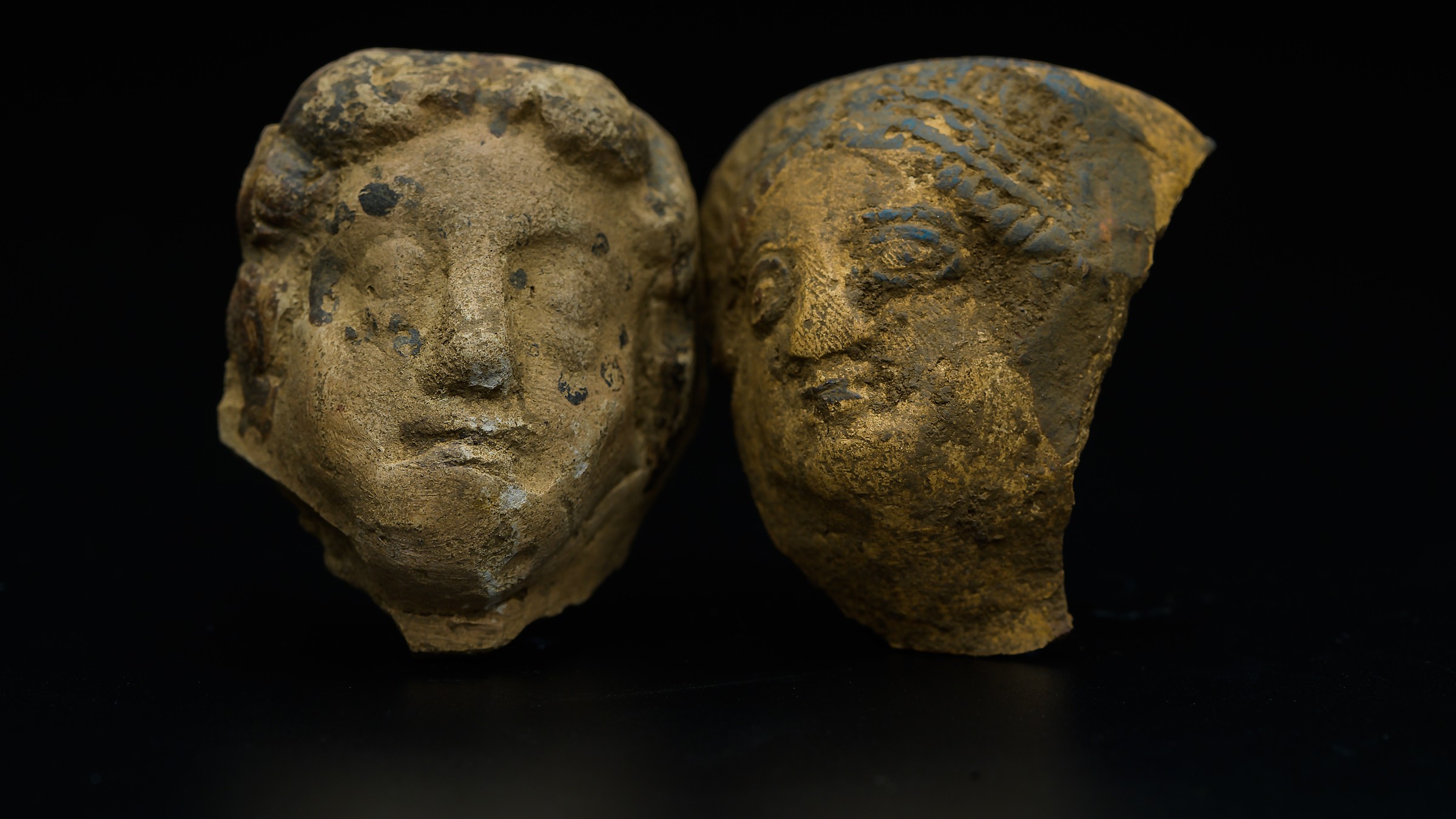
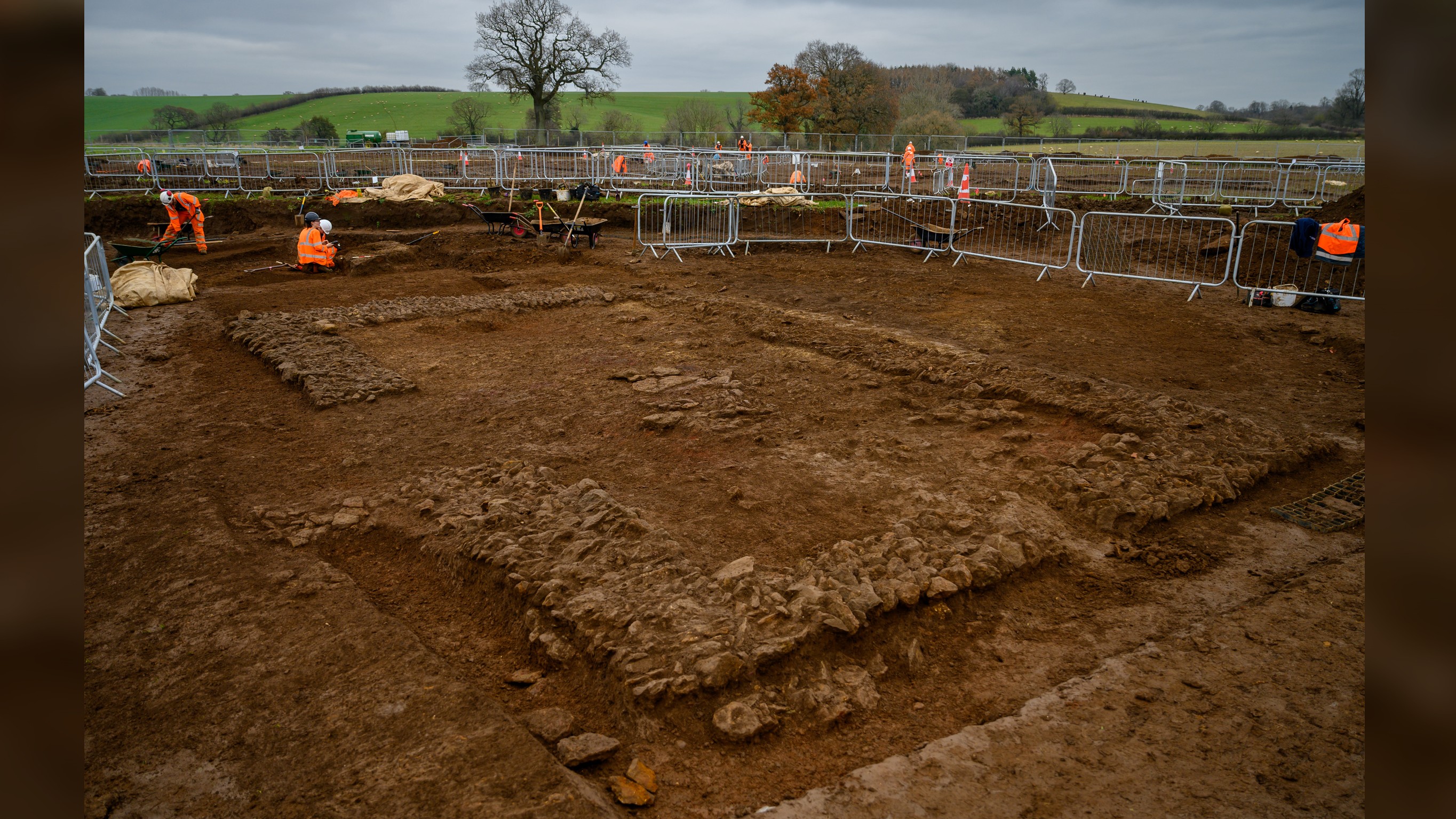
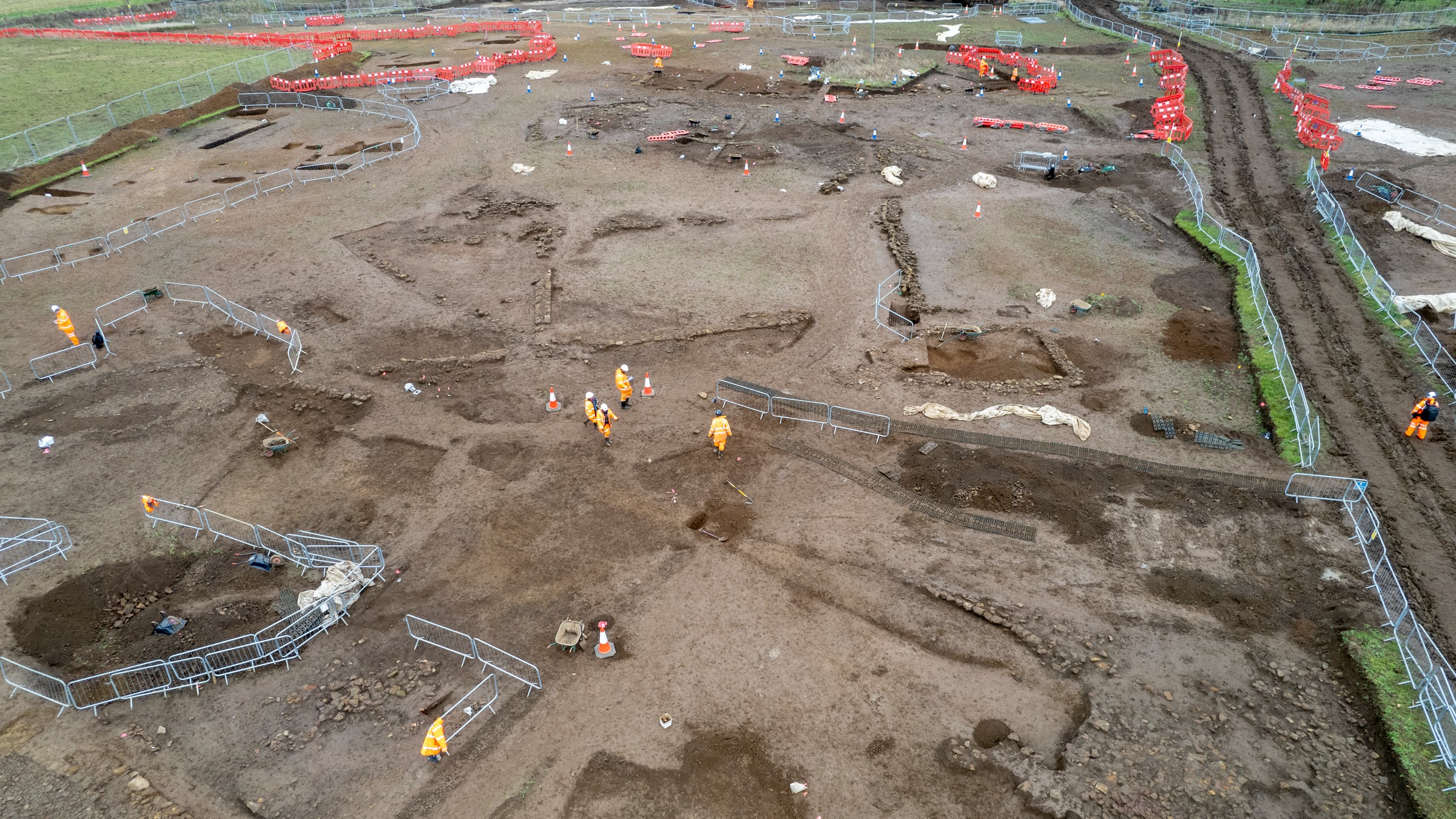
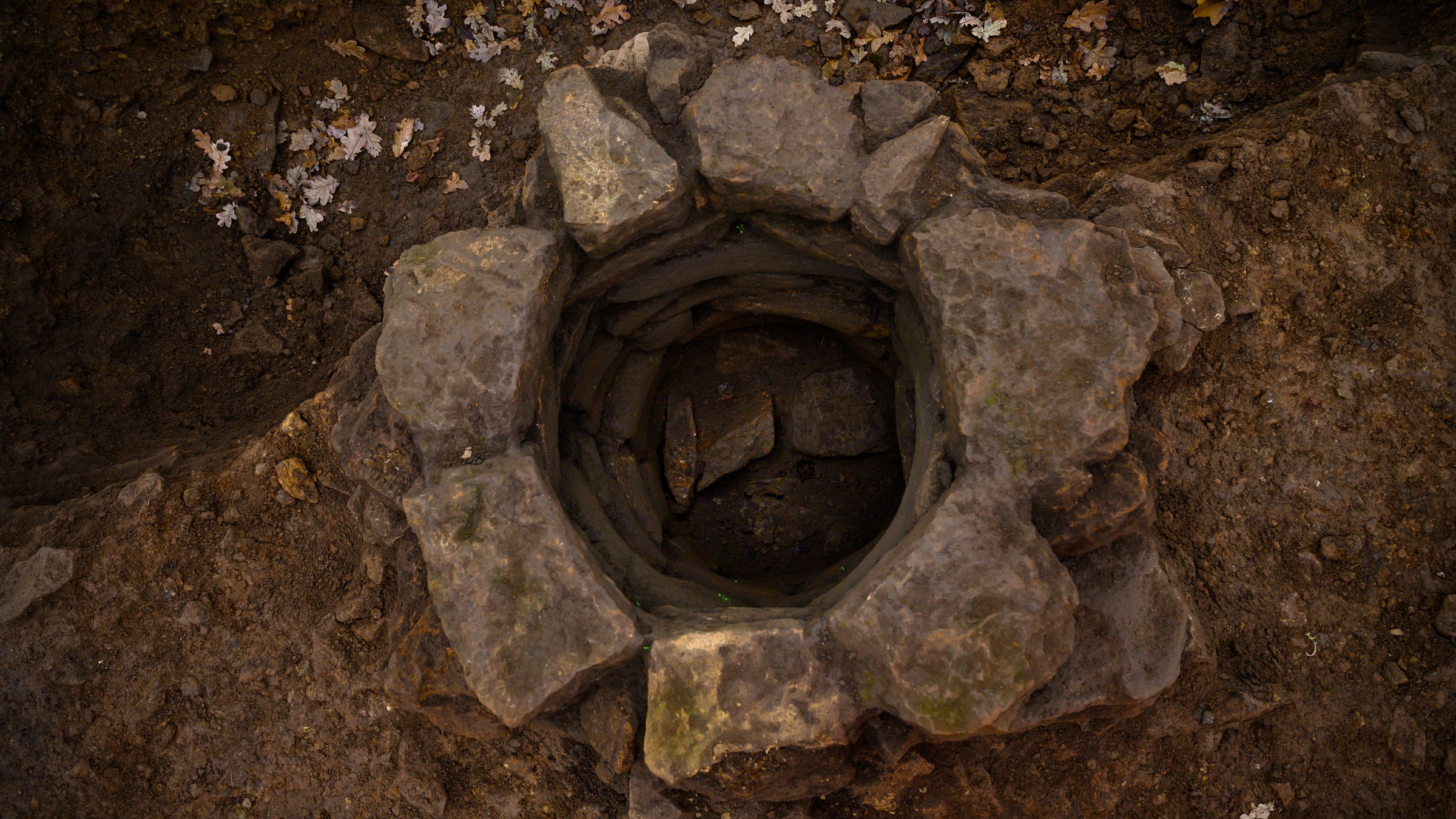
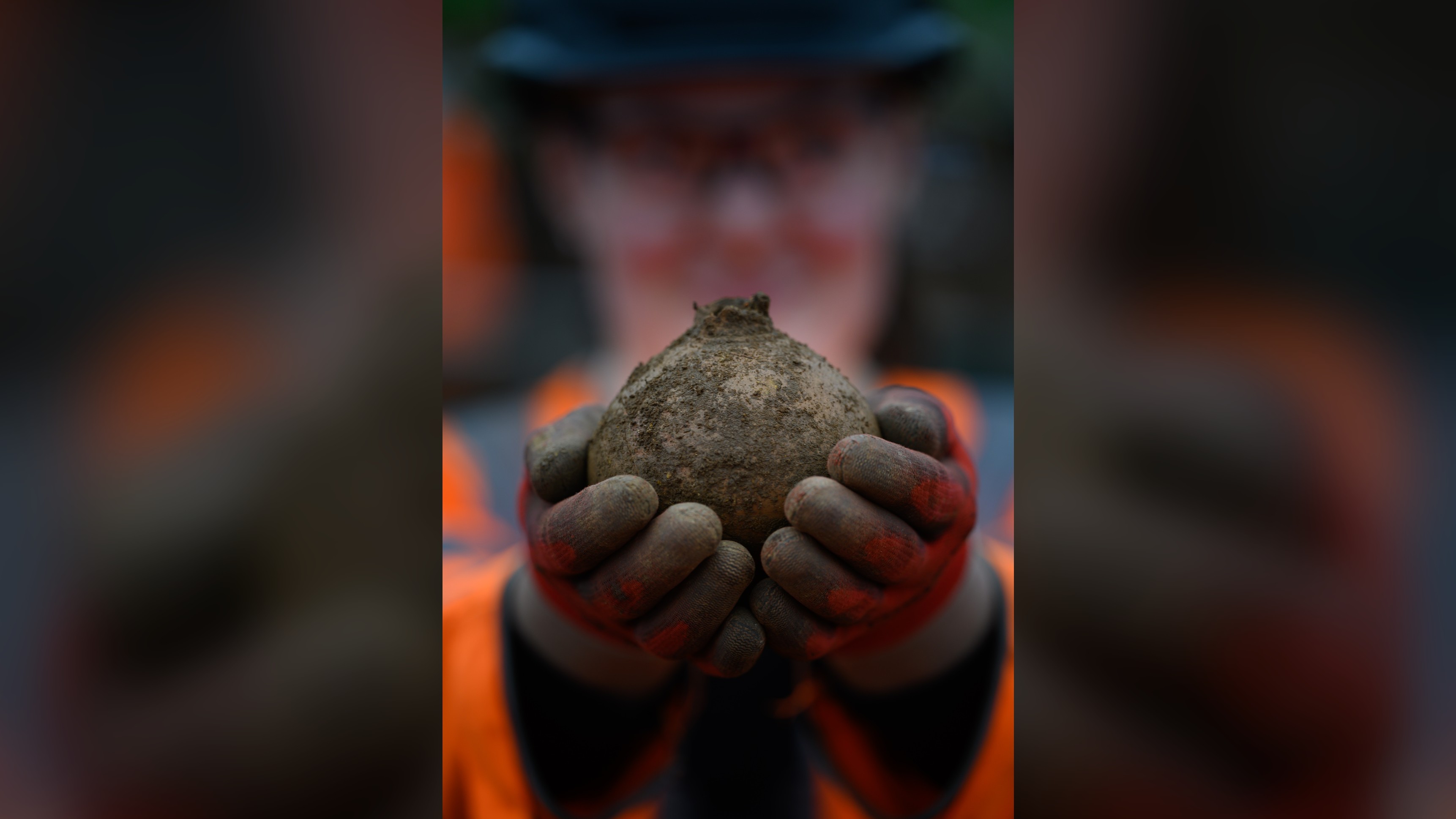
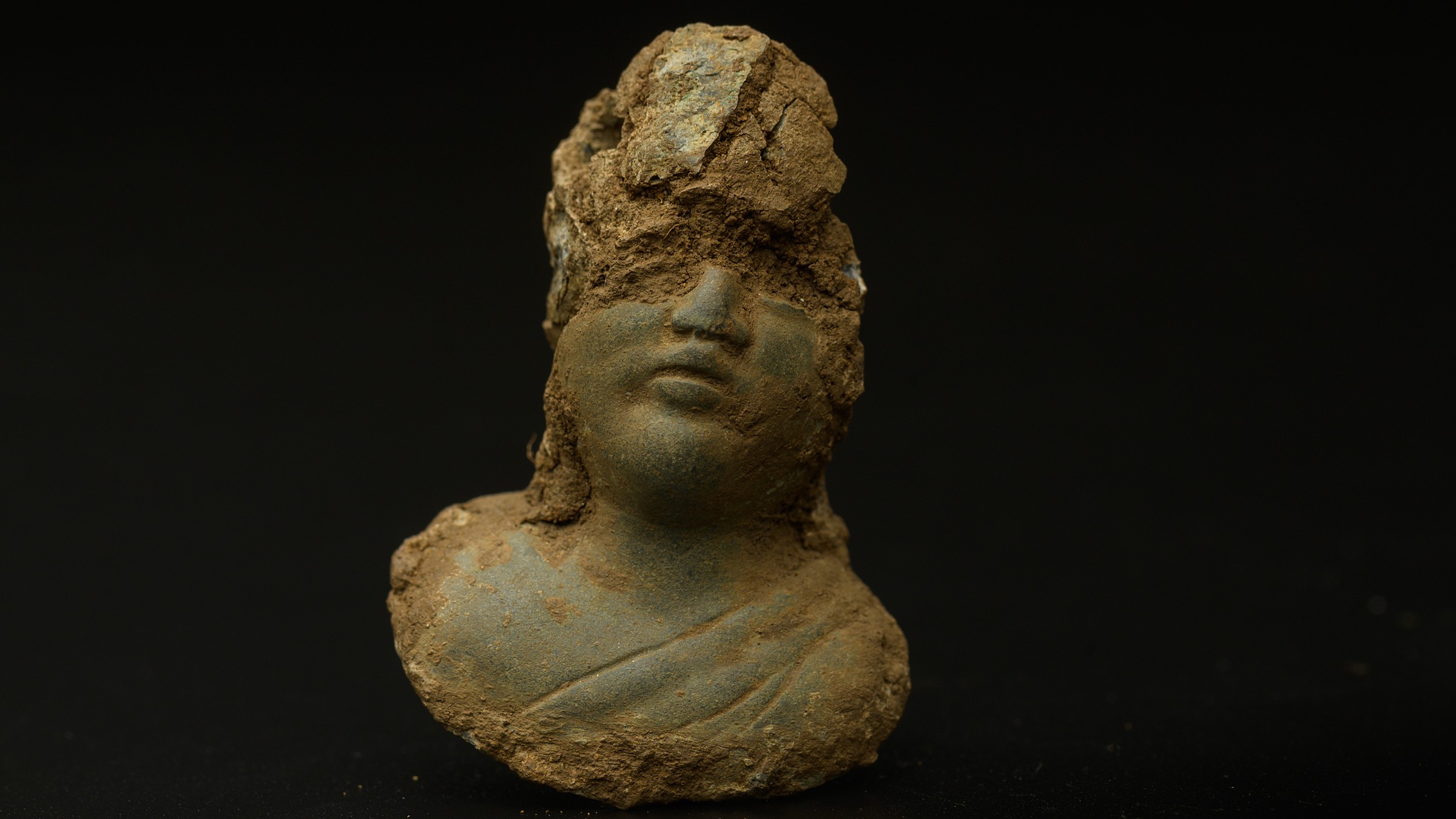
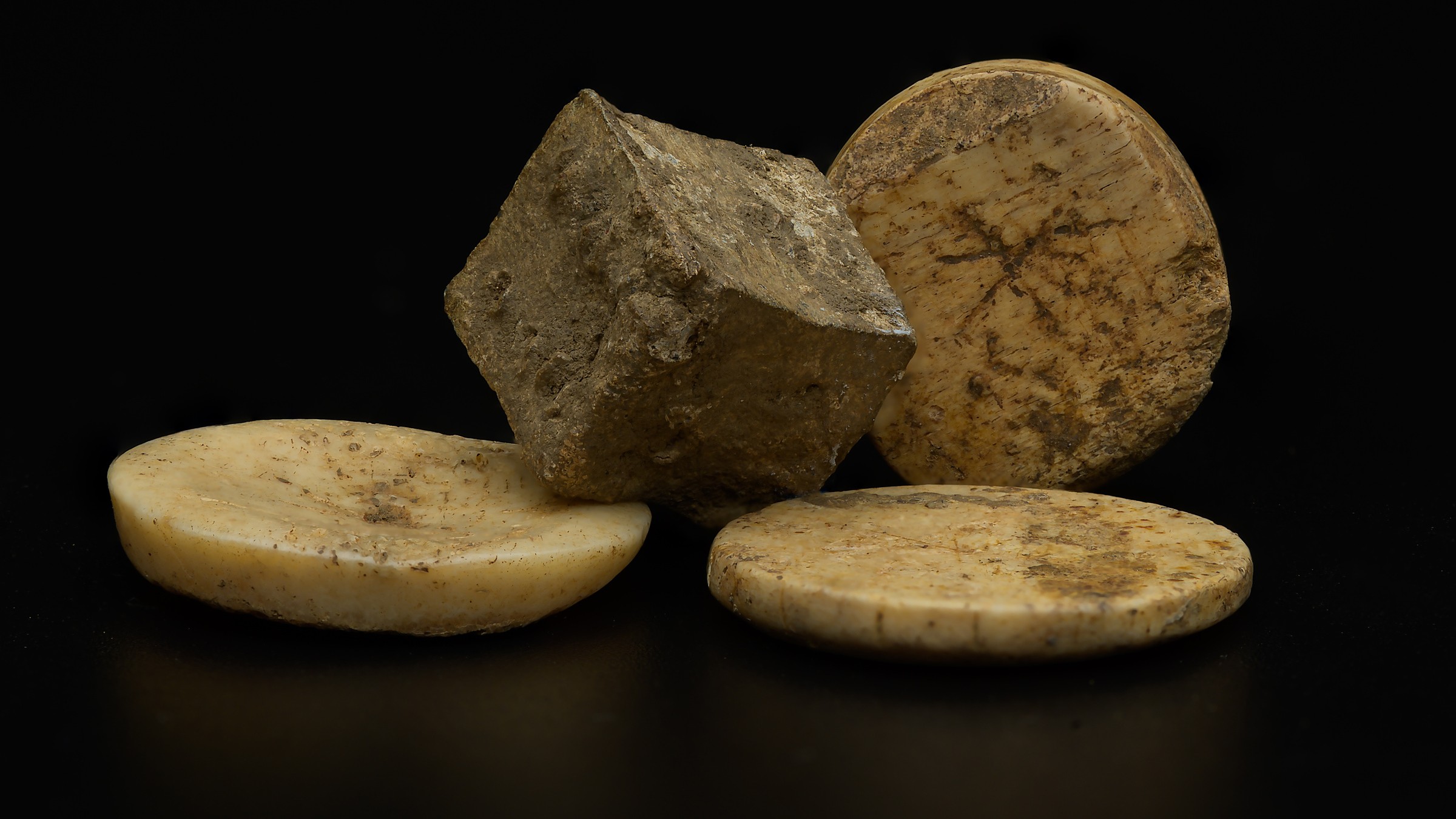
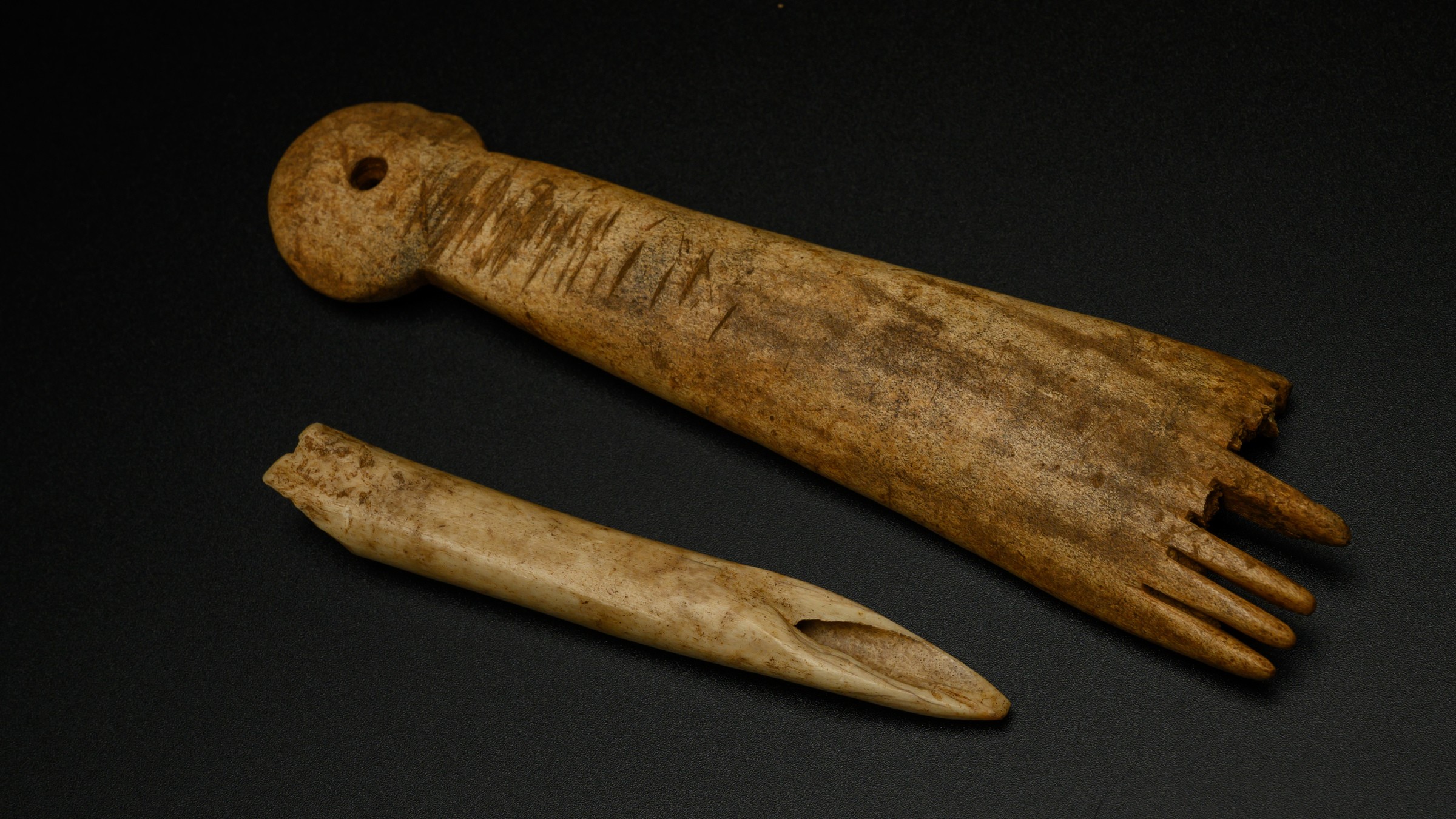
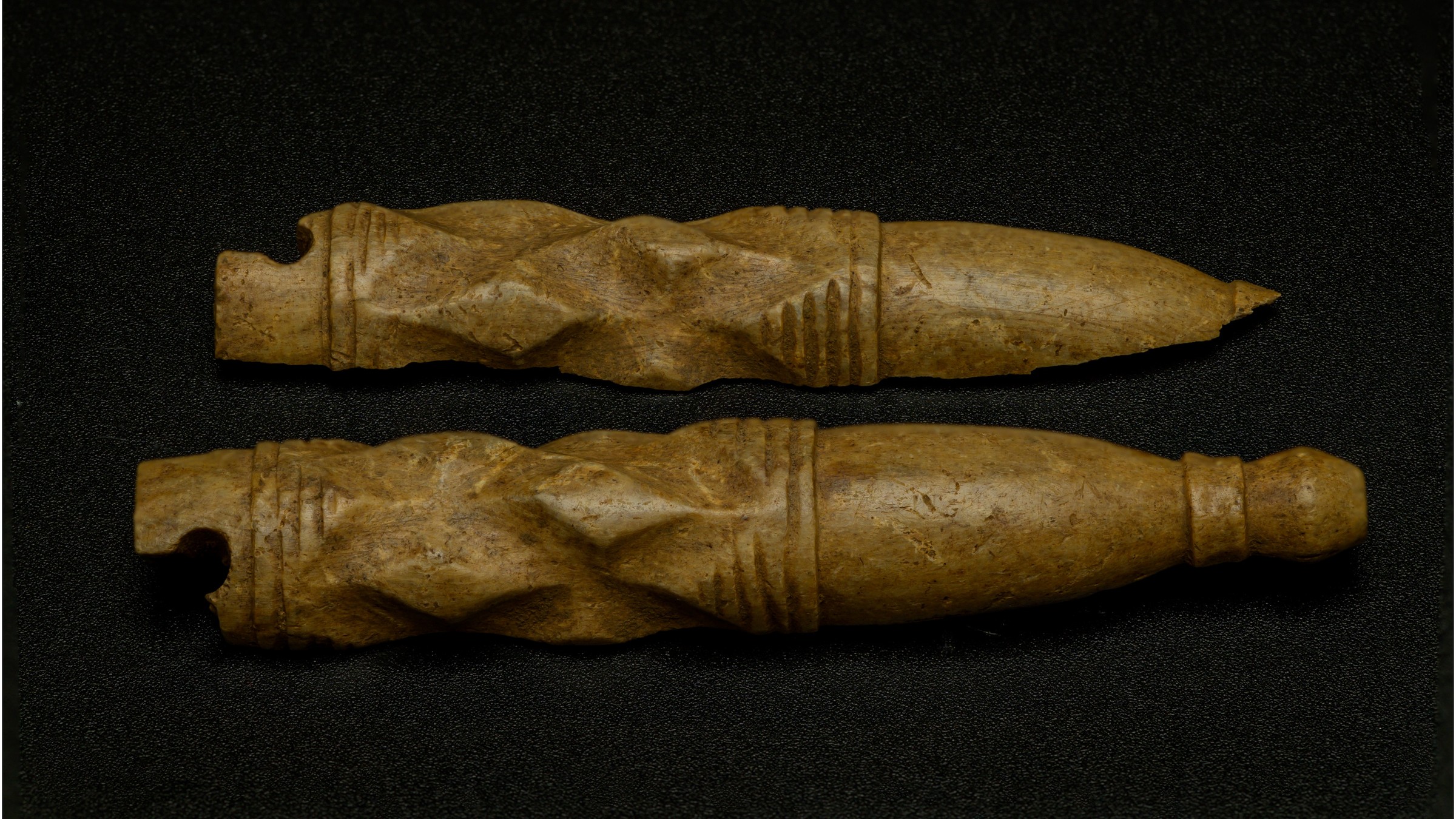
One of these building techniques is a 33-foot-wide (10 meters) Roman road, which is "exceptional in its size," according to the statement, as most Roman roads were no more than 13 feet (4 m) wide, West said. Such a vast road would have been filled with animals and people loading and unloading goods from carts. This road, as well as the nearby River Cherwell, likely helped make Blackgrounds a thriving trade hub.
Sign up for the Live Science daily newsletter now
Get the world’s most fascinating discoveries delivered straight to your inbox.
The excavation revealed that the settlement was divided into different sections, including a domestic sector filled with building foundations, and an industrial park that had workshops, kilns and preserved wells. One part of Blackgrounds had fiery red dirt, an indication that burning had happened at the site — for example for bread baking, foundries for metal work or a kiln for pottery.
Other artifacts indicative of Blackgrounds' prosperity include Roman weaving accessories, decorative pottery and a Roman snake head-shaped brooch. The archaeology team even found galena, a lead sulfide mineral that ancient Romans crushed and mixed with oil to concoct makeup.
The team also unearthed a set of shackles that are similar to those found in Great Casterton, a village in England's East Midlands region, Live Science previously reported. While the newfound shackles were not discovered with a human burial, their presence suggests that Blackgrounds had either slave labor or criminal activity, according to the statement.
The archaeologists are now mapping out the Blackgrounds settlement; specialists at MOLA Headland Infrastructure are also cleaning and examining the artifacts found at the site.
Originally published on Live Science.

Laura is the archaeology and Life's Little Mysteries editor at Live Science. She also reports on general science, including paleontology. Her work has appeared in The New York Times, Scholastic, Popular Science and Spectrum, a site on autism research. She has won multiple awards from the Society of Professional Journalists and the Washington Newspaper Publishers Association for her reporting at a weekly newspaper near Seattle. Laura holds a bachelor's degree in English literature and psychology from Washington University in St. Louis and a master's degree in science writing from NYU.










